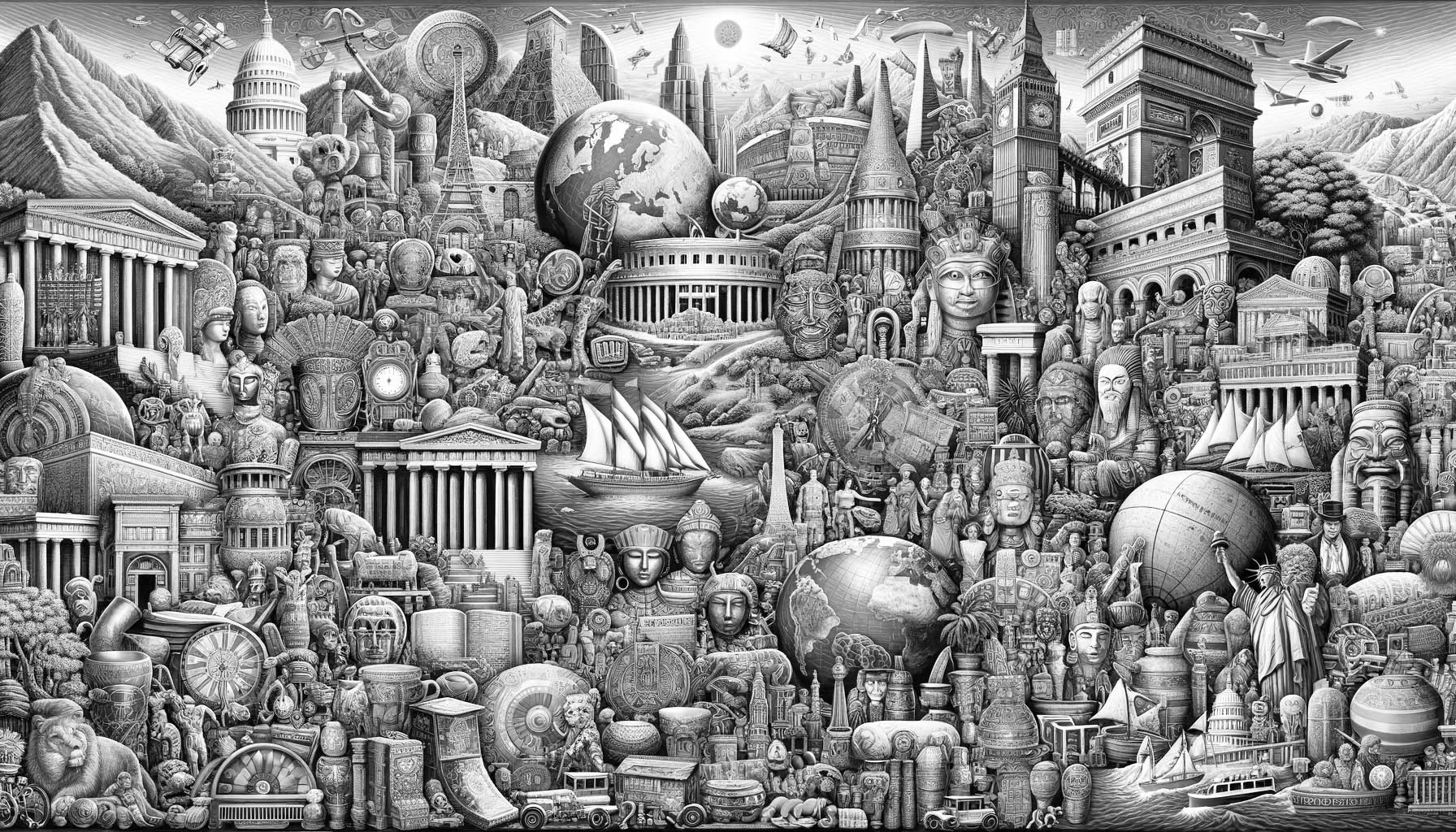Flashback to February 5
World History

1508
The League of Cambrai is formed by Pope Julius II, Louis XII of France, Maximilian I, Holy Roman Emperor and Ferdinand II of Aragon as an alliance against Venice.
Read moreIn the rich tapestry of European history, the formation of the League of Cambrai stands as a critical event that fostered unexpected alliances for the singular purpose of countering the growing power of Venice. Announced on December 10, 1508, this alliance remarkably brought together Pope Julius II, Louis XII of France, Maximilian I, the Holy Roman Emperor, and Ferdinand II of Aragon.
Pope Julius II, an influential force during that time, was known for his dedication to the expansion and consolidation of the Church’s power. His alliance with the League of Cambrai was a shrewd move to restrict the extensive influence of Venice. His involvement offered religious legitimacy to the League, while also augmenting the power of the papacy. The League of Cambrai strikes an essential part in discussions detailing Pope Julius II’s strategies for securing papal superiority.
Next in this formidable coalition was Louis XII of France. Best known for his efforts to expand French territory through war, his unison with the League of Cambrai was chiefly aimed at earning the upper hand against Venice. As a proponent of conflict as a means of advancement, Louis XII represented the ambitious national interests woven into the fabric of the League.
Maximilian I, Holy Roman Emperor and a significant figurehead of the Habsburg dynasty, joined the League of Cambrai with intentions that transcended mere territorial acquisitions. Besides gaining dominance over Venice, he sought to bolster the standing of the Empire in European politics, projecting it as an unwavering entity able to mediate imbalances of power within the continent.
Lastly, Ferdinand II of Aragon, already a vital link in the Catholic Monarchs and a benefactor to Christopher Columbus’s exploration, contributed distinct diplomatic skill to the League of Cambrai. Well-learned in political maneuverings, he entered the alliance with the hopes of consolidating his power and influence, thereby demonstrating the diplomatic aspect of the League.
Though born out of individual aspirations, what made the League of Cambrai an intriguing chapter in the history books was its united front against Venice. The city was not an irrelevant force that could be brushed off; but rather, it was a formidable power, with a robust economy and military might that held influence over large lands around the Adriatic and the Eastern Mediterranean. The formation of this league symbolizes an attempt to counterbalance this power and ensure that no single state held disproportionate sway over the European power dynamics.
Critically, the League of Cambrai serves as an anecdote of the fluidity of alliances in European history. Against the backdrop of shifting power dynamics, the League reminds us that alliances often spring from necessity rather than affinity. The alliance between Pope Julius II, Louis XII, Maximilian I, and Ferdinand II – all ambitious individuals with their goals and strategies – offers a glance into how high-stakes diplomacy operated back in the 16th century.
In the end, the League of Cambrai marked an important historical milestone. It underscored that power would continuously oscillate in the complicated web of European politics. Seen from today’s lens, the saga of alliance and conflict around the League from this period provides a rich landscape for understanding the construction of European identities.
While the spotlight on December 10, 1508, will always shine on these significant European leaders who formed the League of Cambrai, the reality is that the League’s influence resonated beyond these men. It became a punctuation mark in history that redefined the landscape of alliances in Europe, acknowledging the high stakes, risks, and possibilities inherent in the quest for power and influence. It’s a story that continues to captivate historians, evoking a time when the balance of power – and the idea of Europe itself – hung in an uncertain equilibrium.
We strive for accuracy. If you see something that doesn't look right, click here to contact us!
Sponsored Content

US troops under General…
On February 5, 1945,…

Bolewet Beirut becomes President…
On February 5, 1947,…

Nicolaas S Cruquius hydraulic…
Nicolaas S. Cruquius, the…

French President Charles De…
On 2/5/1962, French President…

The so-called Big Three…
Switzerland's Big Three banks…

Beggars assault Oisterwijk Netherlands,…
Discover the shocking historical…

